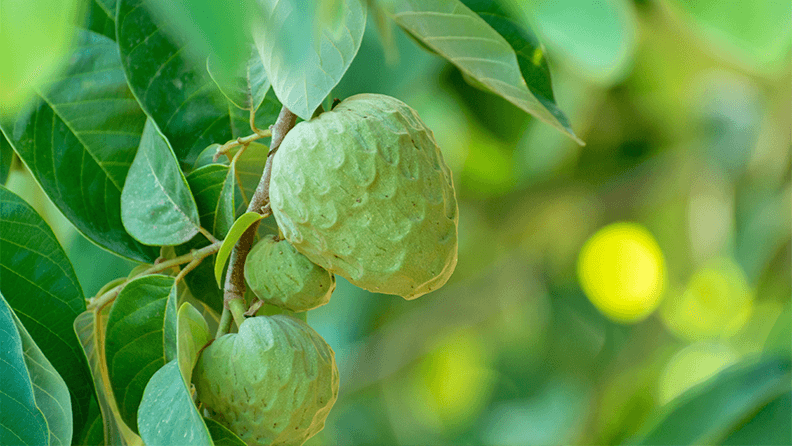Fig tree
- Scarlet Allen
- Jun 30, 2023
- 3 min read
Updated: Oct 13, 2023
Ficus carica

Habitats: Amongst rocks, in woods and scrub on hot dry soils.
Main bloom time: june-september (it blooms inside the fruit!)
Harvest time: august to october
Growth: 5-8 meters
Edible parts: fruit fresh or dried, sap
Hazards: The sap can be a serious eye irritant.
Plants present at Son Selva: 4
The fig tree is native to the Mediterranean region, together with western and southern Asia. It has been cultivated since ancient times and is now widely grown throughout the world. I'm mostly fascinated by the weird pollination systems figs have in synergy with the fig wasp. It is way too complicated for me to explain but if you are into biology look it up here. Unlike other fig species, Ficus carica does not always require pollination by a wasp or from another tree, but can be pollinated by the fig wasp to produce seeds.
We have one old fig tree at Son Selva, one offspring and one freshly planted. The old one is in a pretty bad condition and we only harvested 3 fruits last year. But it looks much better already and we're seeing at least 10 times more fruit this year. Because it feels confortable in relatively poor soil, is drought resistant and has huge leafs to shade us and other low-growing plants, it's a no brainer to add more figs in the future.

Our only old fig tree has only produced three fruits in our first year (2022). But it's looking much better already.
Medicinal uses:
The fruit contains valuable vitamins, minerals and trace elements and has positive effects on health. Especially the digestive effect of the fig is often used.
A decoction of the leaves is stomachic. The leaves are also added to boiling water and used as a steam bath for painful or swollen piles. The latex from the stems is used to treat corns, warts and piles. It also has an analgesic effect against insect stings and bites. The fruit is mildly laxative, demulcent, digestive and pectoral. The unripe green fruits are cooked with other foods as a galactogogue and tonic. The roasted fruit is emollient and used as a poultice in the treatment of gumboils, dental abscesses etc. Syrup of figs, made from the fruit, is a well-known and effective gentle laxative that is also suitable for the young and very old. A decoction of the young branches is an excellent pectoral. The plant has anticancer properties.
Source: Plants for a future

Meaning, literature and myth
In India, the fig tree (aśvattha) is revered and is one of the most beautiful and highest trees. Chapter 10 of the Bhagavad Gita states, "[... verse 26:] Of all trees, I am the sacred fig tree..."
In ancient Greece, the fig was endowed with aphrodisiac properties. It was sacred to the god Dionysus. Images of the god were therefore often carved from fig wood, including the large phalli for the Dionysus processions, about which even Heraclitus was indignant.
Among the ancient Romans, the fig tree had a predominantly positive connotation. From the wood they carved figures of the god Priapus, among others the protector of figs. As in the Bible and among the Greeks, the fig also had a sexual significance.

Expulsion from paradise; Adam and Eve with fig leaf. Byzantine gold-ground mosaic in the Cathedral of Santa Maria Nuova, Monreale, Palermo Province, Sicily.
The fig is the first plant mentioned by name in the Bible and also the only one mentioned by name in the Garden of Eden. After Adam and Eve ate from the Tree of Knowledge, they became aware of their nakedness: they stapled fig leaves together and made themselves an apron (Genesis 3:7). The fig is also the classic fruit tree of the Bible, being mentioned 38 times.
Source: Wikipedia




Comments